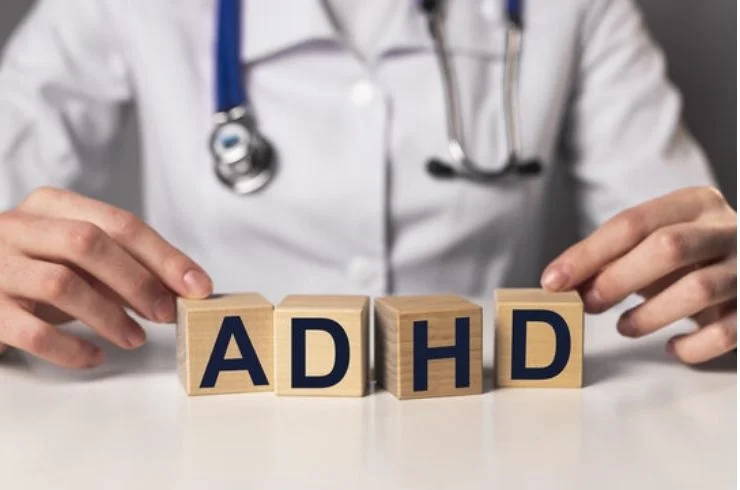


Attention Deficit Hyperactivity Disorder (ADHD) Treatment Overview
ADHD is a prevalent neurodevelopmental condition that affects individuals across various age groups, presenting challenges in attention, hyperactivity, and impulsivity. With the right treatment, individuals with ADHD can manage symptoms and thrive in daily life. This article provides a comprehensive overview of the treatment options available for ADHD.
What is ADHD?
ADHD is a disorder that typically appears in childhood and can continue into adulthood. It is characterized by three main symptoms:
Diagnosing ADHD
ADHD diagnosis requires a detailed evaluation by a healthcare professional, typically a pediatrician, psychologist, or psychiatrist. The process includes:
ADHD Treatment Options
Treatment for ADHD usually involves a combination of medication, behavioral therapy, and lifestyle changes.
Medication
Behavioral Therapy
Behavioral therapy is a key part of ADHD treatment, especially for children. It focuses on modifying behaviors and developing coping skills:
Educational Support
Educational accommodations are essential for children with ADHD:
Lifestyle and Environmental Changes
Complementary lifestyle changes can enhance ADHD treatment:
Combining Treatment Approaches
An integrated approach often yields the best outcomes. Combining medication, behavioral therapy, educational support, and lifestyle changes addresses different facets of ADHD and can significantly improve functioning.
Monitoring and Adjusting Treatment
Regular follow-up with healthcare professionals is essential to track progress and adjust treatment as needed. This may involve: